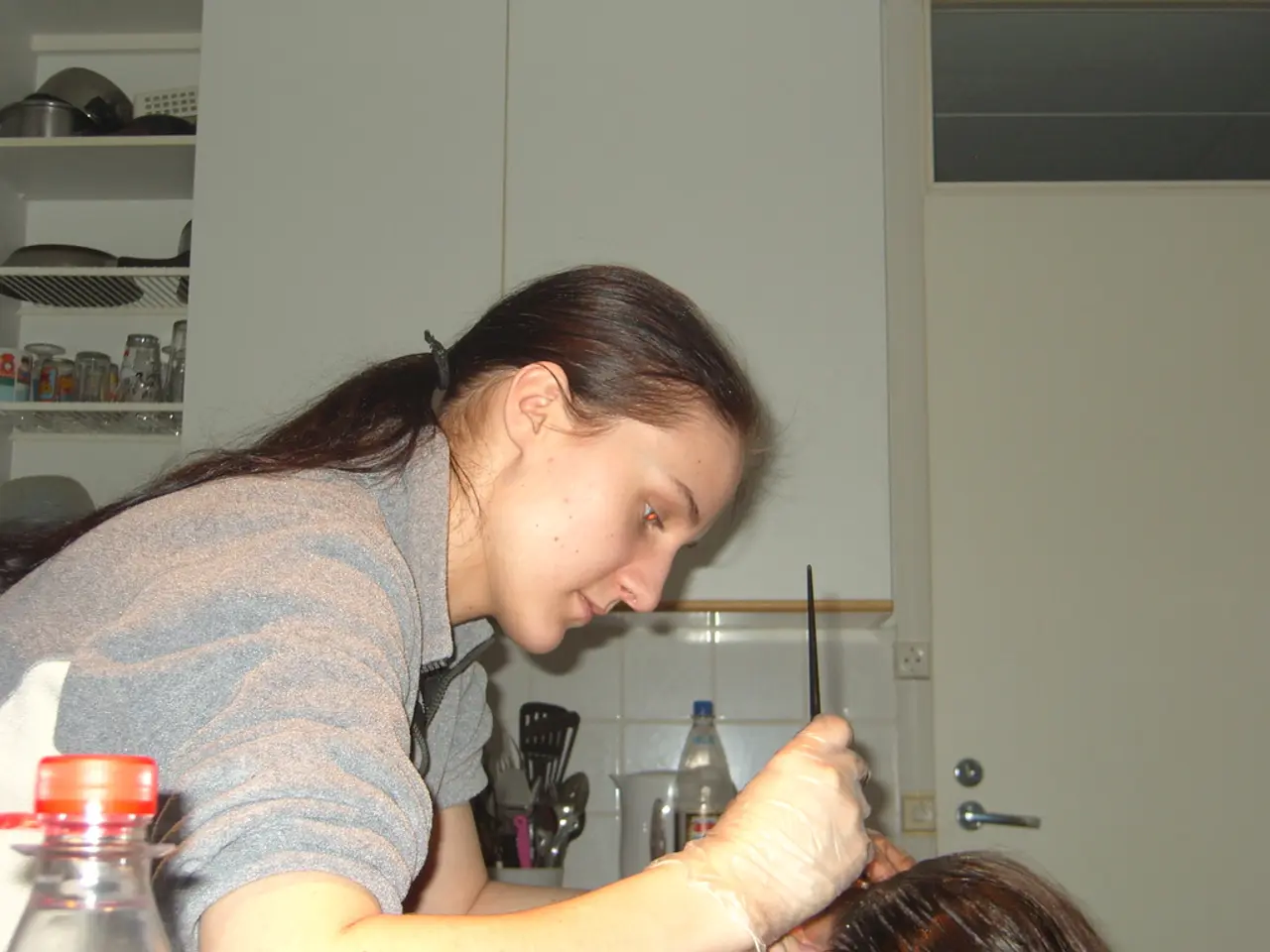Comparing Shaving and Waxing: Which Method Suits Your Skin Best?
Shaving and waxing are two popular methods for hair removal, each with its own set of advantages and disadvantages. In this article, we'll delve into the pros and cons of these two methods, focusing on skin health, cost, and the longevity of results.
Shaving
Shaving, a quick and easy method, is a cost-effective way to remove hair. Requiring only a razor and shaving cream, it's an accessible option for many. The process is generally pain-free, as it removes hair at the surface without pulling from the root.
However, shaving does have some drawbacks. The smoothness it provides doesn't last long, typically only one to three days before hair starts to grow back. There's also a risk of skin irritation, such as razor burn, nicks, cuts, ingrown hairs, and skin irritation, especially with improper technique or sensitive skin. Additionally, shaving does not affect the hair follicle, so hair growth rate and thickness remain unchanged.
Waxing
Waxing offers a longer-lasting smoothness, as it removes hair from the root. This means skin typically stays smooth for three to six weeks, depending on the hair growth cycle. Repeated waxing can lead to thinner and less coarse hair over time. Waxing also leaves no stubble after removal, providing a polished look.
However, waxing comes with its own set of challenges. It's a painful process, as it involves pulling hair from roots. The cost is also higher than shaving, especially with repeated salon visits. Waxing can cause redness, swelling, breakouts, and irritation post-treatment. Additionally, hair must be a certain length (usually around ¼ inch) for waxing to be effective, so one must wait between sessions.
Comparison Table
| Aspect | Shaving | Waxing | |----------------|--------------------------------|--------------------------------| | Skin health | Possible irritation, razor burn, ingrown hairs | Possible redness, swelling, irritation, but finer regrowth long-term | | Cost | Low initial and ongoing cost | Moderate to high cost, especially with repeated salon visits | | Longevity | Lasts 1–3 days (cuts hair at surface) | Lasts 3–6 weeks (pulls hair from root) | | Pain level | Usually pain-free | Can be painful due to hair removal from root |
In conclusion, shaving is more convenient and economical but requires frequent upkeep and carries some risk of surface irritation. On the other hand, waxing offers longer-lasting results and smoother skin at the expense of pain, higher cost, and some potential skin sensitivity issues. It's essential to consider these factors when deciding which method is best for you.
Remember, personal preference, comfort level, and the area to be treated also play significant roles in choosing between shaving and waxing. Always prioritise skin health and consult a professional if you have any concerns or questions.
Read also:
- Chest Pain Caused by Compressed Nerves: A Possibility Explored
- Hypothyroidism in Canines: A Comprehensive Look, Written by Catherine Barnette, DVM, and Reviewed by Emily Oliver, CVT on 07/31/2025. Published on 07/21/2023. Sharing options include Facebook, Twitter, Email, and Print.
- Can diabetic retinopathy be reversed?
- Estimated healthy life years for a Latvian: Not numerously abundant






